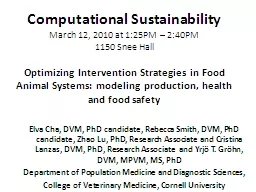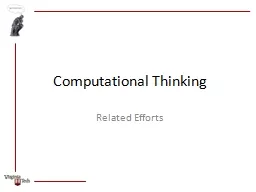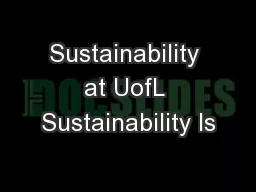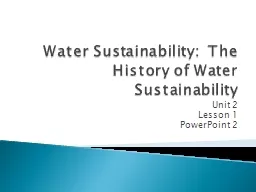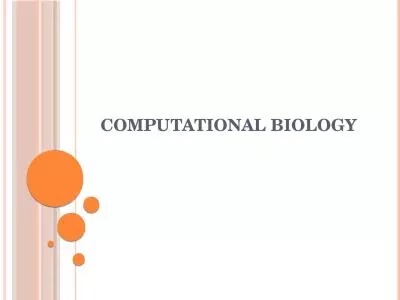PPT-Computational Sustainability
Author : mitsue-stanley | Published Date : 2018-10-12
March 12 2010 at 125PM 240PM 1150 Snee Hall Optimizing Intervention Strategies in Food Animal Systems modeling production health and food safety Elva Cha DVM
Presentation Embed Code
Download Presentation
Download Presentation The PPT/PDF document "Computational Sustainability" is the property of its rightful owner. Permission is granted to download and print the materials on this website for personal, non-commercial use only, and to display it on your personal computer provided you do not modify the materials and that you retain all copyright notices contained in the materials. By downloading content from our website, you accept the terms of this agreement.
Computational Sustainability: Transcript
Download Rules Of Document
"Computational Sustainability"The content belongs to its owner. You may download and print it for personal use, without modification, and keep all copyright notices. By downloading, you agree to these terms.
Related Documents

